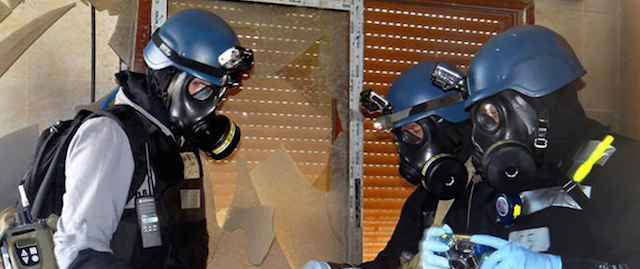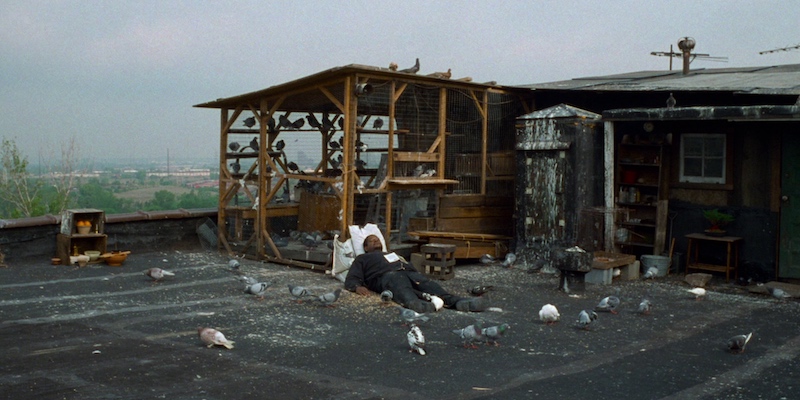Secondo gli esperti dell’OPAC, nel 2014 sono stati compiuti attacchi al cloro in tre zone della Siria

L’Organizzazione per la proibizione delle armi chimiche (OPAC) ha concluso con un “alto grado di certezza” che nel corso del 2014 il cloro è stato usato come arma su tre zone diverse della Siria. Gli attacchi, ha scritto Associated Press sulla base delle informazioni contenute in un rapporto dell’OPAC, hanno coinvolto tra le 350 e le 500 persone e ne hanno uccise 13. L’OPAC non ha attribuito responsabilità precise degli attacchi. Nel rapporto comunque si legge che 32 delle 37 persone intervistate hanno visto o sentito il rumore di un elicottero nelle zone colpite, prima degli attacchi.
L’OPAC aveva deciso di mandare i suoi esperti in Siria per verificare l’uso del cloro come arma nell’aprile del 2014, dopo che erano cominciati a circolare video e testimonianze di tre attacchi che l’esercito siriano avrebbe compiuto contro i ribelli e la popolazione civile. Un mese dopo, nel maggio 2014, il giornale britannico Telegraph aveva confermato l’uso del cloro come arma da guerra da parte del regime siriano: tra le prove riportate dal Telegraph ce n’erano alcune fornite dal giornalista italiano del Foglio Daniele Raineri.


